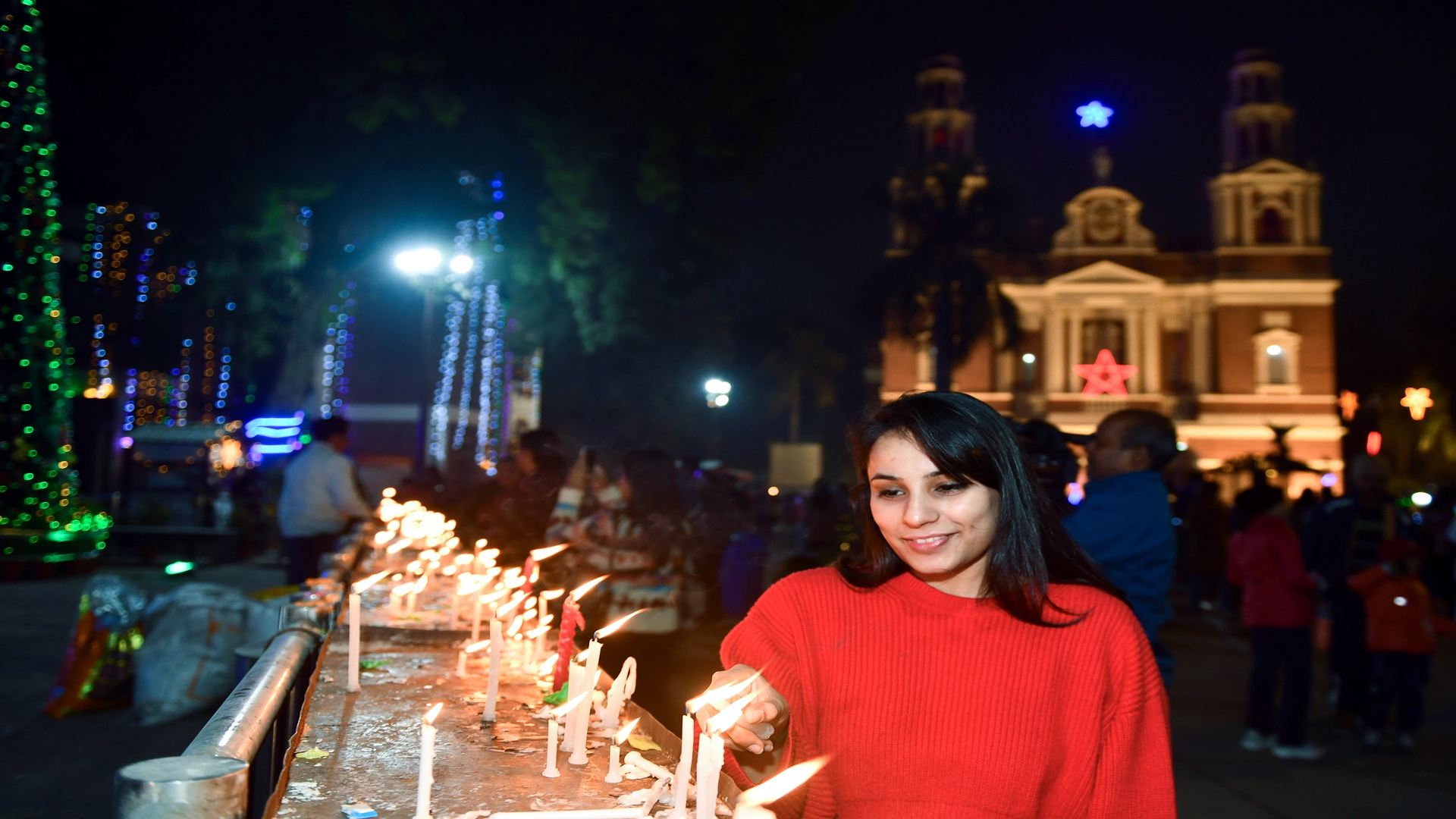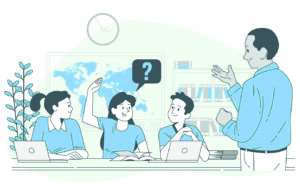Research shows that for children to ‘read well’ with meaning-making, there is a need to provide them with varied opportunities to read diverse, high-quality literature. When children read for pleasure, they enhance language, communication, and literacy. Age and language-appropriate books give children the motivation and reason to engage with text.
Numerous obstacles hinder children’s access to literature in India. The trade book market represents just 4%, with children’s book publishing accounting for only 25% of that. India has approximately 2700 children’s book publishers, largely dominated by academic publishers, resulting in limited diverse literature. Challenges also encompass the lack of materials to assist teachers in effectively utilizing children’s literature and the need for more accessible reading environments in schools. In a recent Ideal Book Collection (IBC) exercise by RtR India, a review of nearly 1400 Hindi storybooks exposed a substantial 70% gap in early readers across various genres, especially in simple concepts, folklores, and non-fiction. Additionally, India’s linguistic diversity and market pressures often lead publishers to focus on themes with pan-India appeal. Here, passionate teachers with a love for writing and literature can bridge this gap by creating region-specific content, ultimately improving the accessibility of children’s literature.
The NEP 2020 and NIPUN Bharat Mission encourages state governments to develop their own story books with the involvement of teachers and local authors. Under the USAID-funded SERI (Scaling up Early Reading Initiative) project, Room to Read partners with state governments to create an environment in schools where children read for pleasure with the help of story books. This gives a reason for children to engage with text, ultimately nurturing lifelong readers. One of the key strategies of the SERI project is to engage government schoolteachers in this endeavor actively.
During workshops, teachers learn about the tools and techniques for crafting engaging stories, essential quality parameters for storybooks as well as insights on the relevance of stories in children’s learning and literacy development. Furthermore, established authors and illustrators, identified by RtR, also support the teachers in refining and finalizing these stories. This is followed by translating the stories into regional languages to make the content easier for children in their mother tongue to access.
To sustain these initiatives, education officials from SCERTs and DIETs receive orientation to prioritize and develop children’s literature independently.
To inspire and support these teacher-authors, tailored incentives should be introduced, such as granting authorship credit, offering opportunities for professional development and exposure to the latest research in children’s literature, both at the national and global levels. Additionally, state governments could consider allocating an annual fund to aid skilled teachers in producing children’s storybooks in local languages. Moreover, the creation of an open-sourced repository for teacher-generated materials on government platforms like DIKSHA can facilitate nationwide access, complete with necessary translations and adaptations.
International good practices, such as Room to Read’s REACH (Results in Education for All Children) project in South Africa funded by the World Bank, show how the concerted efforts between teachers, practitioners, and publishers can increase the supply of high-quality story books in African languages. The project focused on building the capacity of local publishers and writers from the communities and ensured a total of 101,820 copies of REACH storybooks were distributed to South African children, with over 50% of copies funded by the local government. Outcomes such as these serve as inspiring narratives for India to replicate.
Ultimately, the goalpost needs to shift from the mere creation of materials to placing these captivating storybooks into the eager hands of children. Notably,
Madhya Pradesh has taken an exemplary step in this regard by distributing storybooks and reading materials created by teachers under the SERI project to all 84,000 schools, enriching children’s libraries.
Such teacher-led initiatives have taken center stage in four states across India
• Uttarakhand– 15 reading cards were developed by 26 teacher-authors based on local folklore and indigenous stories, and were translated into four languages: Hindi, Garhwali, Kumaoni, and Jaunsari. Additionally, 5 climate action themed stories and wordless picture books for the Balvatika initiative were developed.
• Chhattisgarh – A group of 23 teacher-authors from the state developed 19 stories on local folklore and cultural activities. Scholars from the Fine Arts Department of Khairagarh University also supported teachers in illustrating the story cards.
• Madhya Pradesh- A state-wide effort of collating stories from teachers across the state resulted in the development of 50 picture storybooks that were further translated into 9 local languages – Bagheli, Bundeli, Malvi, Gondi, Korku, Bhili, Bareli, Nimadi, Sahariya.
• Rajasthan – 10 story books were developed by 29 teacher-authors; and translated into Garasiya and Waghri languages, under the supervision of SCERT.
Simmi Sikka is an Associate Director, Quality Reading Material, Room to Read India and Ratul Chowdhury Sr. Manager, Learning & Innovation, Room to Read India.














